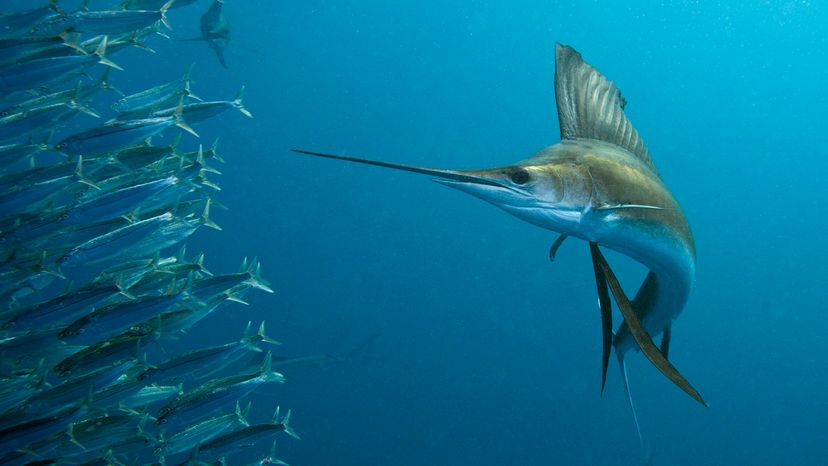
Key Takeaways
- The sailfish is the fastest fish in the ocean, reaching speeds up to 68 mph (109 km/h), thanks to its streamlined body and powerful fins.
- Swordfish, wahoo and Atlantic bluefin tuna are also among the fastest fish, with speeds ranging from 44 to 60 mph (71 to 97 km/h), each having specialized adaptations for high-speed swimming.
- Mako sharks and blue sharks are the fastest sharks, with speeds of 46 mph (74 km/h) and 43 mph (69 km/h), respectively, relying on streamlined bodies and powerful tails for propulsion.
While there are tons of fish in the sea, only a few hold the title of the fastest fish in the ocean. You might wonder how the fastest fish swim at such high speeds.
The key to a fish's speed is a streamlined shape. It's usually fish with a pointed snout and broad, propulsive tail that are able to move through the open with minimal resistance.
Advertisement
So, which fish are the fastest? Let's take a look!
Advertisement